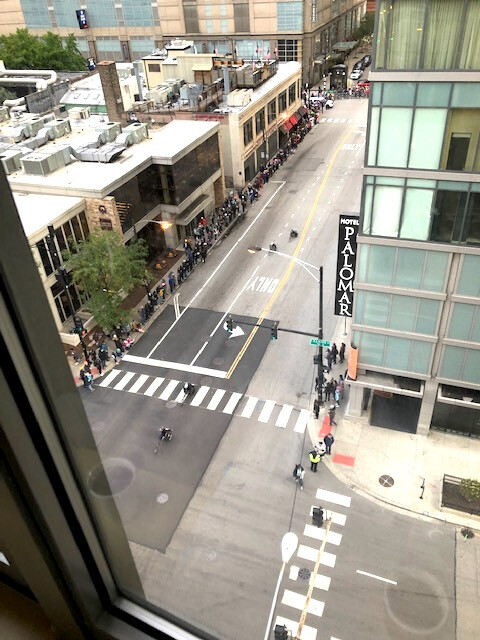Worship on the Lord's Day: Canon 9 Revisited
What does it mean that something is ‘normative’? It could mean that the alternative is therefore problematic. But it could also mean something less dire, namely that the ‘normative’ thing makes more sense, and so casts light on the more atypical. Take for example adult baptism. Liturgical theologians have called it the ‘normative practice,’ since makes the most immediate sense of the service, not least when we ask questions of the baptizand! But we most certainly recognize infant baptism, and bring reasons and practices to bear to defend it, e.g. original sin and confirmation.
One premise of the 1979 BCP is that the Holy Eucharist is the normative service for any congregation on the Lord’s Day. This involved a shift in expectation from earlier practice; as a child I remember Communion once a month at Christ Church Cathedral, Springfield, Mass. This highlighted Morning Prayer, one of the strengths of the prayer book tradition. In east Africa, the typical service in a village church was Morning Prayer, led by a catechist trained in a Bible school in the bush. Now this was because there were far too many churches relative to the number of priest. And it also had to do with the evangelical roots of those Churches. But this should not be taken to mean they had a lower Eucharistic piety As is sometimes true of receptionists, receiving the sacrament was a ‘big deal,’ accompanied as it was by spiritual preparation. I think this has been largely lost in our churches. (The celebrant would sign cards called ‘Safari yangu na Bwana,’ ‘my walk with the Lord,’ to commemorate the event!). Non-‘normative’ did not mean less important.
This brings me to two realities in our Church, one in the recent past and one in the immanent future. Especially in the last two decades of the last century there was a special path to local priestly ordination called Canon 9.’ (I was involved with such training as a priest in Navajoland under Bishop Wes Frensdorff in the later 1980’s). Its forerunner was the Teach Each a Ministry’ movement in Alaska in the 1960’s under ‘flying Bishop Gordon.’ The idea was to identify the acknowledged spiritual leader to be a primarily sacramental priest, originally for ‘ethnic’ congregations (though it in time spread more widely). These priests were generally non-stipendiary (and often indigenous, an awkward fact in terms of equity). There was initially an expectation that seminary-trained clergy would also be in the picture, aiding and training their Canon 9 colleagues. At the same time there was a worry about creating two tiers of priests, as well as a question about what to do when these clergy moved.
So how did the plan fare? It was successful at sacramental coverage in more remote areas. But the higher hopes for renewal and evangelism were unrealized. Furthermore the importance of fuller, ongoing theological training for leaders remained unaddressed. (But we should not overlook with the Canon got right, the ministry of the whole people of God, per Ephesians 4).
Why dredge this history up now? The answer is that we will increasingly have a vast number of smaller congregations that can neither find a priest, nor pay him or her. That same question has expanded exponentially. It may be the great, on-the- ground issue of the next decade. There may be various answers, but they will all include affordable, high quality online education combined with the rediscovery of Morning Prayer and the calling of the catechist. (We have been working on revival of the ‘minor orders’ of catechist and evangelist, major in importance, for some time here in the Diocese of Dallas). We will need to scale up such efforts. We will also need to see that less frequent communion need not mean its spiritual denigration.
Peace,
+GRS



